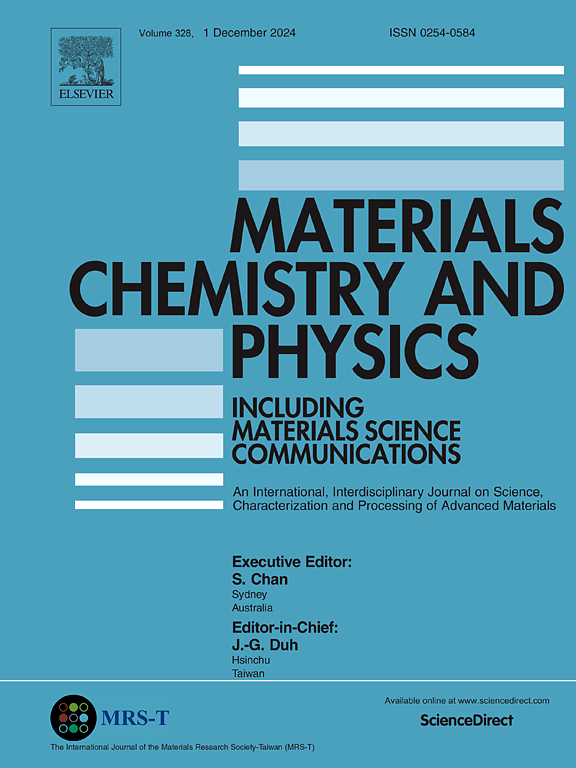Colloidal lithography: Synthesis and characterization of SiO2 and TiO2 micro-bowel arrays
IF 4.3
3区 材料科学
Q2 MATERIALS SCIENCE, MULTIDISCIPLINARY
引用次数: 0
Abstract
Recent interest has surged in engineering surface structures at nano/micro scales using accessible and cost-effective techniques, owing to their wide-ranging applications. In this study, we fabricated ordered arrays of TiO2 and SiO2 micro-bowels utilizing the colloidal lithography method and delved into their optical properties. Initially, we synthesized polymethyl methacrylate (PMMA) microspheres with an average diameter of 409 nm via the emulsion polymerization method. Ensuring crack-free and well-organized 2D colloidal crystals as the lithography template is crucial for achieving high-quality and systematically arranged micro-bowel arrays. Therefore, we explored two distinct methods for fabricating 2D colloidal PMMA crystals, namely the Langmuir−Blodgett trough and gravity-assisted wedge-shaped cell techniques, and compared their outcomes. Subsequently, we introduced a specific amount and concentration of TiO2/SiO2 precursor into the templates. Upon removal of the polymeric template through calcination and chemical etching, the micro-bowel array persisted on the substrate surface. We thoroughly investigated the influence of the template fabrication method on the quality of the final microstructures. Our analyses affirm that the Langmuir−Blodgett technique yields higher-quality micro-bowels in a shorter duration. The ordered structures and high surface-to-volume ratio of the micro-bowels render them suitable candidates for various applications including photocatalysis, solar cells, bio/chemical sensors, and more.
求助全文
约1分钟内获得全文
求助全文
来源期刊

Materials Chemistry and Physics
工程技术-材料科学:综合
CiteScore
8.70
自引率
4.30%
发文量
1515
审稿时长
69 days
期刊介绍:
Materials Chemistry and Physics is devoted to short communications, full-length research papers and feature articles on interrelationships among structure, properties, processing and performance of materials. The Editors welcome manuscripts on thin films, surface and interface science, materials degradation and reliability, metallurgy, semiconductors and optoelectronic materials, fine ceramics, magnetics, superconductors, specialty polymers, nano-materials and composite materials.
 求助内容:
求助内容: 应助结果提醒方式:
应助结果提醒方式:


